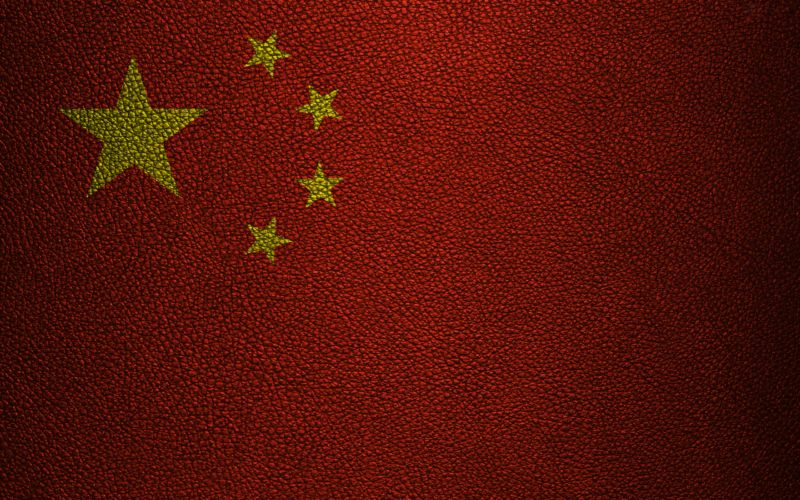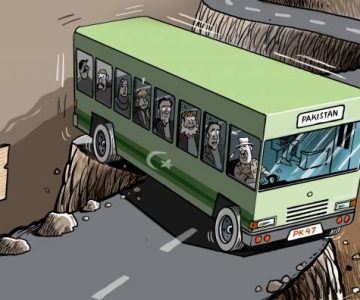My piece which appeared in Southasia
The Chinese economy, it appears, has recovered from the recession in record time. According to the National Bureau of Statistics in Beijing, annual growth was unexpectedly strong at 11.9 percent in the first quarter of 2010. By achieving such high growth rates in times of global recession, many expect China to overtake Japan this year to become the second largest economy of the world. Strengthened by these economic gains, China has used its political leverage to facilitate regional integration, by engaging in a number of bilateral swap arrangements with countries around the world.
Given that China only has 10% arable land, it becomes imperative for the country purchase commodities from other nations to satisfy the country’s growing consumption demands, and to invest in countries producing such commodities. Such a process will reinforce new corridors of increasing trade and investment flows between China and Africa, Latin America and the Middle East. Similarly, its gigantic market and related demand have led China to invest in natural resource supplies of different countries, especially those in Africa and the Middle East.



